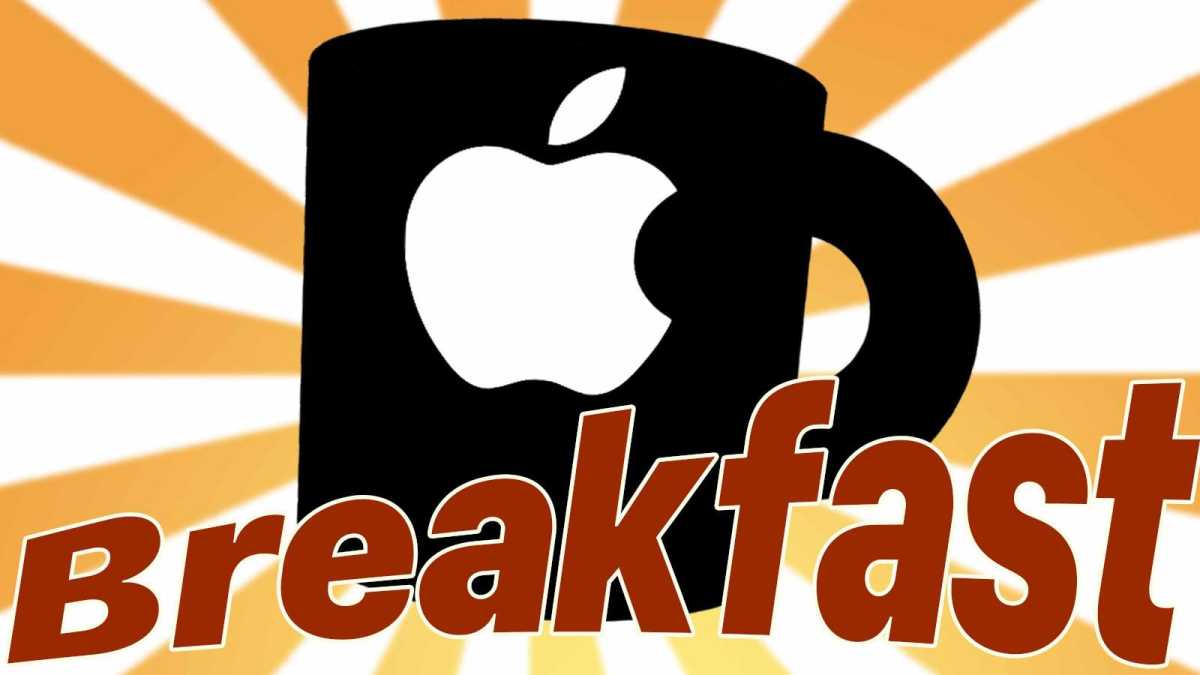
As whinged last week, I’m not expecting much at WWDC 2025 this June. I’m sick of Apple Intelligence and depressed by the likelihood it will dominate the conversation for a second year in a row. But there’s another potential topic that scares me even more: the rumored iOS 19 redesign.
In fact, the degree to which Apple will revamp iOS’s look (and potentially navigational elements) this year is the subject of some dispute. Last month leaker king Mark Gurman described iOS 19 as “the biggest redesign since iOS 7,” and predicted that controls, icons, buttons, even “user interface dynamics and mechanisms” would all be altered to achieve greater consistency between iOS and macOS. That’s before we even get to system-wide glassy effects and “rejiggering some applications for a new generation of users to better understand.”
That sounds pretty major. But Jon Prosser, who is more of a leaker jester, promptly showed off alleged screenshots of iOS 19 and insisted that the changes wouldn’t amount to very much at all. And Gurman responded to that response by saying the screenshots weren’t representative and that the operating system wasn’t finished yet. It all became rather tit for tat. Is iOS 19 changing radically, or is it staying essentially the same? Right now we don’t know.
Personally, I hope it’s the latter. When it comes to operating system interfaces, the means by which we navigate tech devices on a daily basis, sudden radical change is generally a bad idea. It should only happen when it absolutely has to.
Take that iOS 7 update mentioned by Gurman, a less-than-positive experience for the vast majority of iPhone users. WWDC might seem like a big deal to members of the Apple media complex, but most iPhone owners didn’t watch the keynote that summer and didn’t know what was coming. Hence, the total aesthetic overhaul, complete with new app icons and garish color palette, came as a terrible shock, and search traffic for terms like “how to go back to iOS 6” spiked on Macworld for weeks afterwards. It didn’t help that focusing so much on the broad design language meant factors like productivity and motion sickness went unconsidered, but the looks alone would have ensured a mixed reception regardless.
We can debate about whether it was a better or worse design than iOS 6 (and do bear in mind that the initial launch was especially garish, and was toned down in later versions), but above all, it was different: radically, suddenly, and disconcertingly different. When an interface is different it’s hard to get things done because all the signposts you use to orient yourself have changed. You become slow, cautious, fearful. It’s like being a tech newbie all over again. It’s disempowering, at least in the short term.
It’s plausible, after all, that a device could need an interface revamp six years after launch. It would be almost impossible to get everything right first time, and the context for 2007’s first-gen iPhone, a groundbreaking new device for early adopters, was very different from 2013’s iPhone 5s, which sold nine million units in three days. But a big interface revamp now, a full 18 years into the product’s lifecycle? That would be madness.
In the long term, of course, it could be argued that iOS 7’s changes were necessary and positive. Phone OS’s original design language— created for a less digitally literate era that liked note-taking apps to look like physical notepads—had since outgrown its purpose. iOS 6 these days now looks oddly quaint, like a historical artifact and the design principles established by iOS 7 have become omnipresent since its 2013 arrival. iOS 7 won, and we all have to speak its language. Apple could have handled the transition more sensitively, but skeuomorphism’s time had run out and change was necessary.
But if Apple feels it necessary to rebuild the very foundations of iOS at this stage, my first three questions would all be variants of, “Oh God, why?” but my fourth question would be “Why didn’t you do this years ago? Like, maybe in 2013, when you were changing things anyway.” Because as bad as major interface change can be, it’s a whole lot better than repeated major interface change.
Still, it might not be as bad as I’m making out. If Jon Prosser is right and Mark Gurman is wrong, we should be looking instead at gentle iterative change, which is the only form of change an operating system of this age should go through. Which will free up Craig Federighi to spend most of WWDC25 talking about Apple Intelligence, and allow me to sleep in peace.
The only problem is that this relies on the accuracy of a man who once claimed Apple was going to rebrand iOS as iPhoneOS, and got another prediction so badly wrong that he had to shave off his eyebrows. So you can probably see why I’m not looking forward to WWDC.

Foundry
Welcome to our weekly Apple Breakfast column, which includes all the Apple news you missed last week in a handy bite-sized roundup. We call it Apple Breakfast because we think it goes great with a Monday morning cup of coffee or tea, but it’s cool if you want to give it a read during lunch or dinner hours too.
Trending: Top stories
The thought of Apple’s AI doctor is making the Macalope a little queasy. Whereas Dan Moren can’t wait to make an appointment.
Hey iPhone users, don’t fall for Verizon’s 3-year price lock.
I tried the future of multitasking on the Mac and it was amazing and uncomfortable.
Can’t decide between AirPods Pro and Powerbeats Pro 2? Don’t buy either… yet.
Here’s the 50-year-old Microsoft source code that inspired the first Apple computer.
Has your Apple Account been hacked? Here’s how to know–and fix it.
No, the iOS 19 code name isn’t a clue about its design.
Podcast of the week
You have thoughts about WWDC25, iPhones without ports, iPads without Apple Intelligence, and more, and we talk about them on the latest episode of the show.
You can catch every episode of the Macworld Podcast on Spotify, Soundcloud, the Podcasts app, or our own site.
Reviews corner
The rumor mill
New ‘chip-and-ship’ M5 iPad Pro and MacBook Pro updates set for holiday debut.
The iPhone 17 Pro’s improved telephoto camera is detailed in a new report.
Three iPhone models are reportedly about to lose iOS support.
Can we expect any new products from Apple in April?
Software updates, bugs, and problems
iOS 18.4 has arrived! Here are more than a dozen reasons to upgrade now.
Although… a weird iOS 18.4 bug is reportedly installing apps you don’t want.
And yet another iOS 18.4 bug breaks CarPlay this time.
How ‘Lucid’ exploits iMessage to send encrypted phishing attacks to your iPhone.
Here’s why your AirPods Max don’t have lossless audio over USB-C yet.
And with that, we’re done for this week’s Apple Breakfast. If you’d like to get regular roundups, sign up for our newsletters, including our new email from The Macalope–an irreverent, humorous take on the latest news and rumors from a half-man, half-mythical Mac beast. You can also follow us on Facebook, Threads, Bluesky, or X for discussion of breaking Apple news stories. See you next Monday, and stay Appley.








